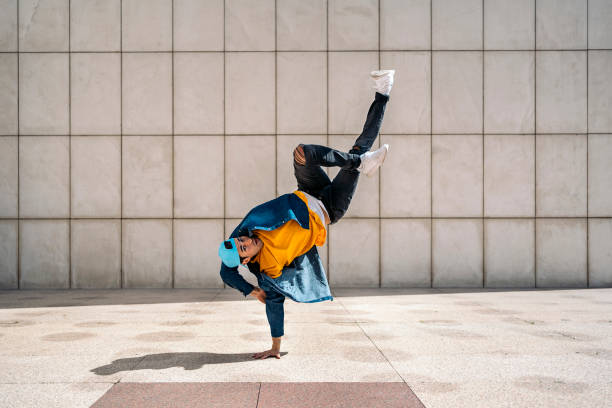The Dynamic World of Breakdancing: A Journey from Street Art to Olympic Sport
In a whirl of gravity-defying movements and pulsating beats, breakdancing has evolved from a form of street art to an internationally recognized sport, making its Olympic debut in Paris 2024. This article delves into the captivating journey of breakdancing, its transformation over the years, and its significance in the sports world today.

The Genesis of Breakdancing
Breakdancing, also known as “B-boying” or “breaking,” originated in the South Bronx of New York City in the late 1970s. It was a form of self-expression for marginalized youth, largely influenced by African and Latin-American dance traditions. The dance form was characterized by acrobatic maneuvers, complex footwork, and stylized freezes, paired with a unique fashion sense that emphasized individuality.
Breakdancing’s Evolution and Global Spread
By the 1980s, breakdancing had spread beyond the streets of New York, captivating audiences worldwide. Movies like “Flashdance” and “Breakin’” contributed to its mainstream appeal. The emergence of breakdance crews and competitions further institutionalized the dance form, transforming it into a globally recognized sport. Today, breaking competitions take place worldwide, showcasing the skill, creativity, and athleticism of B-boys and B-girls.
Breakdancing Leaps onto the Olympic Stage
In a landmark decision, the International Olympic Committee (IOC) announced in December 2020 that breakdancing would be included in the Paris 2024 Olympic Games. This inclusion reflects the IOC’s aim to attract a younger audience and acknowledges breakdancing as a sport requiring immense physicality, discipline, and skill. The Olympic stage is set to elevate breakdancing to new heights, spotlighting the sport’s blend of athleticism, artistry, and cultural expression.
Benefits and Challenges of Breakdancing as a Sport
Breakdancing is a physically demanding sport, requiring strength, agility, flexibility, and endurance. It promotes physical fitness and offers a creative outlet for self-expression. However, the sport also presents challenges. The lack of standardized rules and judging criteria has led to contentious decisions in competitions. Moreover, the commercialization and institutionalization of breakdancing have raised concerns about the preservation of its cultural roots.
Conclusion
The journey of breakdancing from the streets of New York to the Olympic stage is a testament to its dynamic evolution and global appeal. As we look forward to its Olympic debut, the sport continues to redefine boundaries, proving that it is more than just a dance—it’s a display of athleticism, creativity, and cultural resilience. As breakdancing takes its rightful place in the sports world, it serves as a reminder of the power of sports to unite, inspire, and evolve.




